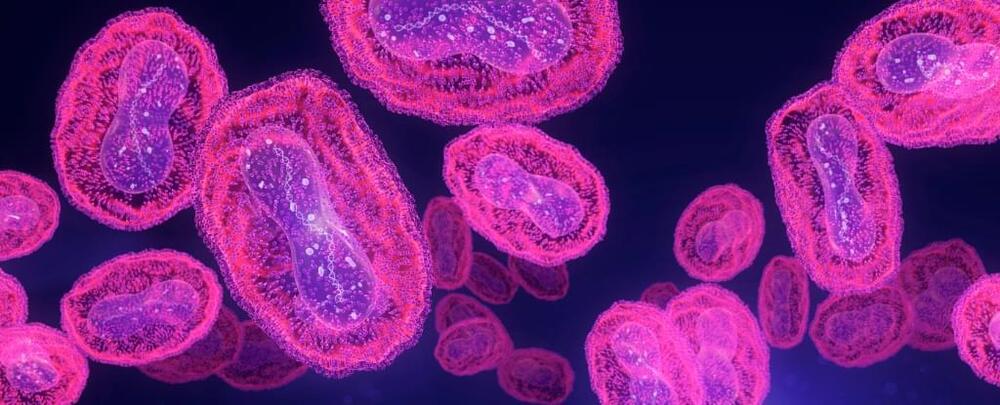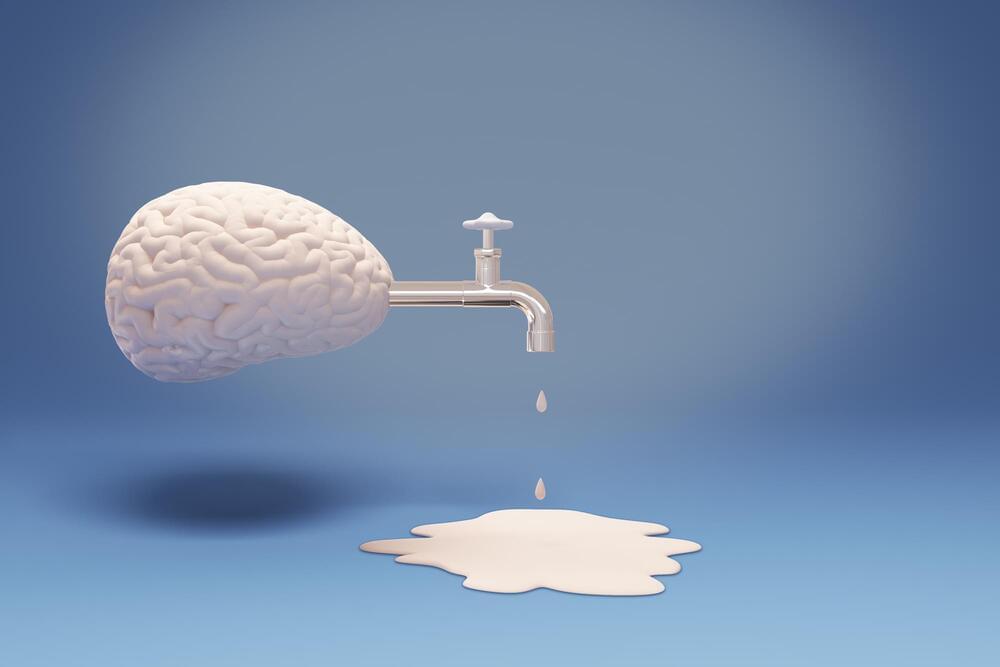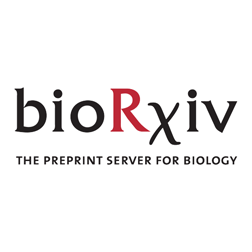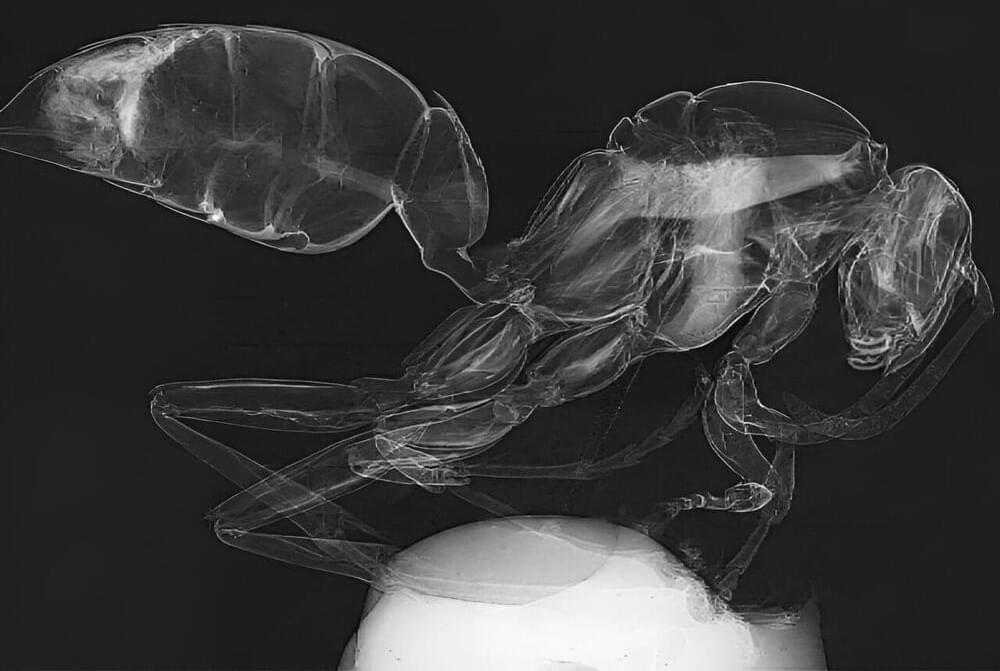
Significant change can be stressful – divorce, death and moving all make the list – but when it comes to aging, a new paper identifies two flashpoints of enormous biological change. The recent study, by researchers at Stanford Medicine, uncovered evidence that human aging does not occur at a constant, gradual pace – but rather is marked by two significant bursts of molecular change. These bursts, observed in people around the ages of 44 and 60, suggest that aging may be driven by more complex biological processes than previously thought. The findings, published in Nature Aging, are based on comprehensive multi-omics profiling of 108 participants, providing a detailed look at how the human body changes during these key periods of life [1].
Longevity. Technology: The research sheds light on the nonlinear nature of aging, challenging the traditional view that aging is a steady, continuous process. By understanding why and how these bursts of aging occur, scientists may be able to uncover more about the mechanisms of aging and leverage that knowledge to improve both lifespan and healthspan. The findings also highlight the ever-evolving nature of aging research, which continues to refine our understanding of how and why we age.
The Stanford Medicine team, led by Professor Michael Snyder, PhD, analyzed a vast array of molecular data from participants aged between 25 and 75 years. Over a period spanning several years, the researchers collected blood and other biological samples from the participants, tracking more than 135,000 different molecules and microorganisms. The data set included a total of nearly 250 billion distinct data points, making this one of the most comprehensive studies of its kind [1].







 Bacteria defend themselves from viral infection using diverse immune systems, many of which sense and target foreign nucleic acids. Defense-associated reverse transcriptase (DRT) systems provide an intriguing counterpoint to this immune strategy by instead leveraging DNA synthesis, but the identities and functions of their DNA products remain largely unknown. Here we show that DRT2 systems execute an unprecedented immunity mechanism that involves de novo gene synthesis via rolling-circle reverse transcription of a non-coding RNA (ncRNA). Unbiased profiling of RT-associated RNA and DNA ligands in DRT2-expressing cells revealed that reverse transcription generates concatenated cDNA repeats through programmed template jumping on the ncRNA. The presence of phage then triggers second-strand cDNA synthesis, leading to the production of long double-stranded DNA. Remarkably, this DNA product is efficiently transcribed, generating messenger RNAs that encode a stop codon-less, never-ending ORF (neo) whose translation causes potent growth arrest. Phylogenetic analyses and screening of diverse DRT2 homologs further revealed broad conservation of rolling-circle reverse transcription and Neo protein function. Our work highlights an elegant expansion of genome coding potential through RNA-templated gene creation, and challenges conventional paradigms of genetic information encoded along the one-dimensional axis of genomic DNA.
Bacteria defend themselves from viral infection using diverse immune systems, many of which sense and target foreign nucleic acids. Defense-associated reverse transcriptase (DRT) systems provide an intriguing counterpoint to this immune strategy by instead leveraging DNA synthesis, but the identities and functions of their DNA products remain largely unknown. Here we show that DRT2 systems execute an unprecedented immunity mechanism that involves de novo gene synthesis via rolling-circle reverse transcription of a non-coding RNA (ncRNA). Unbiased profiling of RT-associated RNA and DNA ligands in DRT2-expressing cells revealed that reverse transcription generates concatenated cDNA repeats through programmed template jumping on the ncRNA. The presence of phage then triggers second-strand cDNA synthesis, leading to the production of long double-stranded DNA. Remarkably, this DNA product is efficiently transcribed, generating messenger RNAs that encode a stop codon-less, never-ending ORF (neo) whose translation causes potent growth arrest. Phylogenetic analyses and screening of diverse DRT2 homologs further revealed broad conservation of rolling-circle reverse transcription and Neo protein function. Our work highlights an elegant expansion of genome coding potential through RNA-templated gene creation, and challenges conventional paradigms of genetic information encoded along the one-dimensional axis of genomic DNA.








